White Onions
Pack 500 gr2,50€ Original price was: 2,50€.1,90€Current price is: 1,90€. Iva Incluido5,00€3,80€ /kg
Descuento por cantidad
| Unidades | 3 - 5 | 5 - 10 | 10+ |
|---|---|---|---|
| Precio | 1,86€ | 1,81€ | 1,71€ |
| % de descuento | 2% | 5% | 10% |
Direct from the field
To our
workshop
Easy and direct shipping
White onions from the Huerta de Pancha are tasty, long-stemmed and elegant.. We only sell organically grown fresh onions on our farmland. They grow naturally in the open air, in the crops of the Huerta de la Huerta in the fertile plain of the River Algarrobo, the heart of the Axarquia region.
Characteristics of the white onion from our garden
The white onions from the Huerta de Pancha are characterised by their large size, ranging from 300 to 500 grams.. In addition, the whole product, including the leaves, can be used to flavour different dishes.
It is tender and tasty, with a crunchy texture.. They also provide a lot of freshness, which makes them perfect onions for stews, salads, gazpacho and guacamole.
We ship onions in season, always freshly harvested, ready to eat.. They are long-life products, so there is no need to put them in the fridge.
From Huerta de Pancha, we recommend consuming the stem first.This is the part of the onion that spoils first. It can be sautéed, stir-fried, chopped in salads and flavoured in stews or broths. In short, in order to bring the freshness of our white onions to any dish, hot or cold.
Types of onions and their differences
There are up to eight different varieties of onions, and below we explain the characteristics of each one of them.
Yellow onion is the normal onion, perfect for stewing and very powerful for eating raw. It also has the highest sugar content.
From the red onion The colour of its skin and the soft purple lines inside it stand out. It is eaten raw, in dishes such as salads, guacamole, ceviches or pickles.
White onion is a very mild onion. It is used for sauces and stir-fries, and in general for dishes that need a quick cooking of this vegetable: it yields quickly to heat.
The sweet onion is a very mild variety of onion for raw consumption, and is perfect for some hot dishes such as onion rings or stir-fries.
The French onion is small in size and is usually eaten roasted or caramelised. In Spain, it is the most commonly used variety in the catering trade, and is served as a garnish.
The shallot is an onion similar to garlic, due to its size and its spicy taste with sweet hints. It can be eaten in different ways, especially in raw dishes.
Spring onions are milder than yellow onions, should be kept in the refrigerator and are perfect for any dish with onions, especially cold dishes.
The calçots or Catalan onions are a type of onion derived from the white onion. Its shape is similar to a leek, and it is usually eaten roasted, spread with a prepared sauce.
The chives is not used as an onion, but as an aromatic herb because of its tender leaves. It goes well with all kinds of dishes.
How you will receive the onion from Pancha’s Vegetable Garden
Our onions are harvested from our orchard at their optimum point of ripeness. For packaging we use 100% recyclable cardboard boxes and place the onions in barriers to prevent damage during transport. Our onions are ready to eat and retain all their freshness and natural flavour as they do not go through cold storage before they reach home.
Onion crops in La Axarquía
The cultivation of this type of onion takes place in the fertile lowlands of the Algarrobo River, in the heart of the Axarquia region.
The most important part of the onion during cultivation is the bulb.which grows underground, and receives the nutrients necessary to feed the whole plant. At La Huerta de Pancha we cultivate our onions with the seeds from onions from previous crops, so we repeat the cycle year after year, after the harvest.
For the correct cultivation of the white onions of La Axarquía, we choose the best soil for the optimum growth of the onions, being necessary that the structure of the soil is fine and firm.. We carry out the sowing in seedbeds for subsequent transplanting, a process we always do by hand.
Weeding is called weeding, and it must be done constantly; we keep an eye on the weeds to prevent them from invading the cultivation area of our onions.
Irrigation of these crops is carried out more frequently and in smaller quantities, as onions do not tolerate excess moisture.
Onion harvesting is done manually: we pull up the plants. directly from the ground, and left on the ground for about three days to dry naturally. We take care of the drying process of the onions, we are attentive to do it during days of stable weather and without rain, and we also turn the onions so that the drying process is homogeneous throughout the plant.
How to preserve onions
In general, it is recommended to place them whole in a ventilated space with low humidity, avoiding as far as possible placing them near the potatoes. Another option is to refrigerate them to keep them fresh for up to 15 days more.
If you have already cut them, you can put them in an airtight (glass) container in your fridge, so they will stay fresh for a few more days.
Properties of white onion
White onion is a low-fat, low-calorie food.. It is also low in sugar, and is therefore a perfect food for complement any type of dish.
It is high in vitamins A, B and C, which makes it a home remedy for treating respiratory and nervous diseases.
Among the most important properties of the white onion is its stimulating power for the functions of the liver, pancreas and gall bladder.
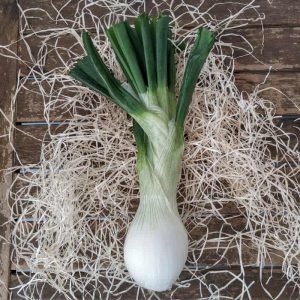
How to cut the onion
Here you will find some suggestions for handling and chopping our onions with the intention of making the task easier, although we can’t help it if, due to their freshness, our onions make you cry “with happiness” in the process. The onion can be julienned, chopped and sliced. To cut the onion it is advisable to use a plastic board because the wooden board is too impregnated with its characteristic smell.
To chop the onion, first clean the onion very well by cutting off the poles and removing the outer layers, but leaving the knot. Then cut the onion in half. In each of the halves we make parallel cuts, taking advantage of the natural direction of the onion fibre, but without going all the way through so that the half of the onion remains in one piece. Next, turn the onion 90º and make cuts parallel to the table, very carefully and also without going all the way through. Finally, we only need to make cuts in the last direction, from top to bottom, to obtain small cubes.
To cut it into julienne strips, there is a novel trick that will make it much easier for you. All you need is a peeler and a fork. The peeler allows us to peel very thin slices of almost any food. First, we remove the outer layers by cutting the poles, leaving the knot, as we have explained in the previous case. Once ready, stick the fork into the centre of the onion to hold it in place, and pass the peeler back and forth over and over again.
89 reviews for White Onions
Sorry, no reviews match your current selections
Products related
3,45€ Original price was: 3,45€.2,58€Current price is: 2,58€. Iva Incluido6,90€5,15€ /kg
1,75€ Original price was: 1,75€.1,65€Current price is: 1,65€. Iva Incluido3,50€3,30€ /kg


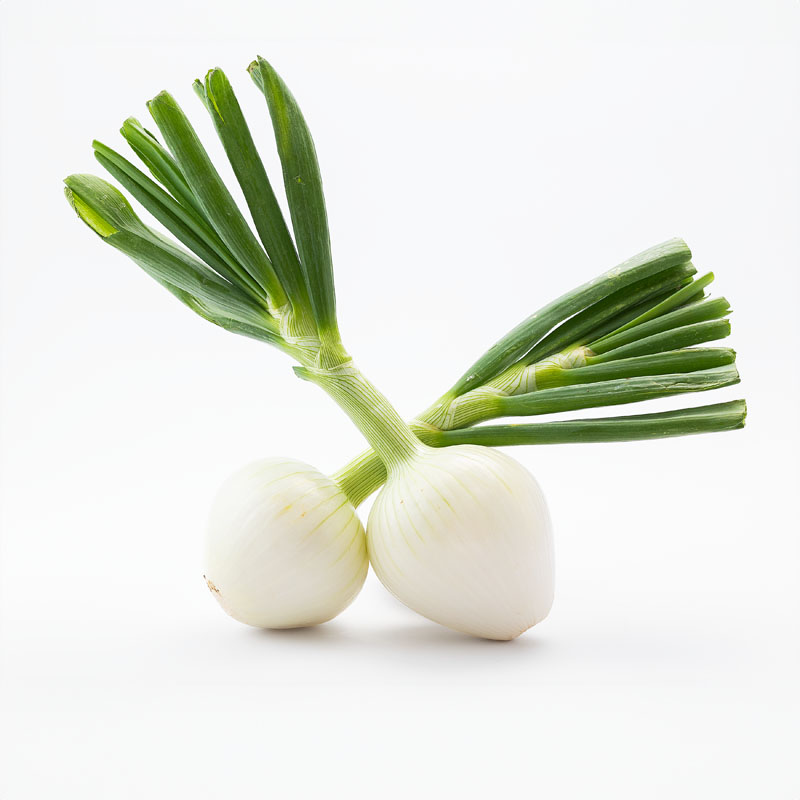
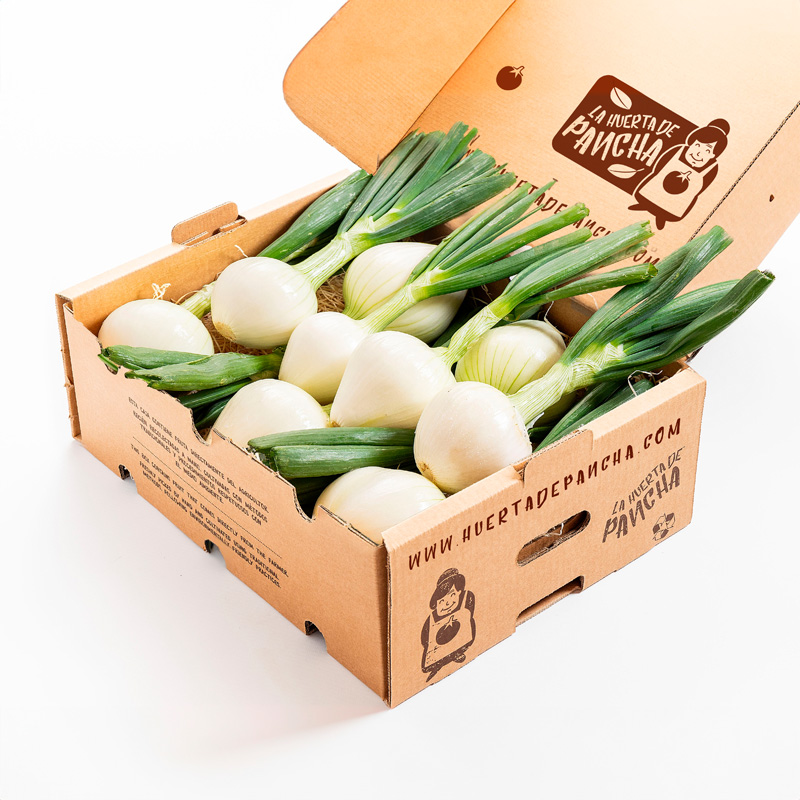
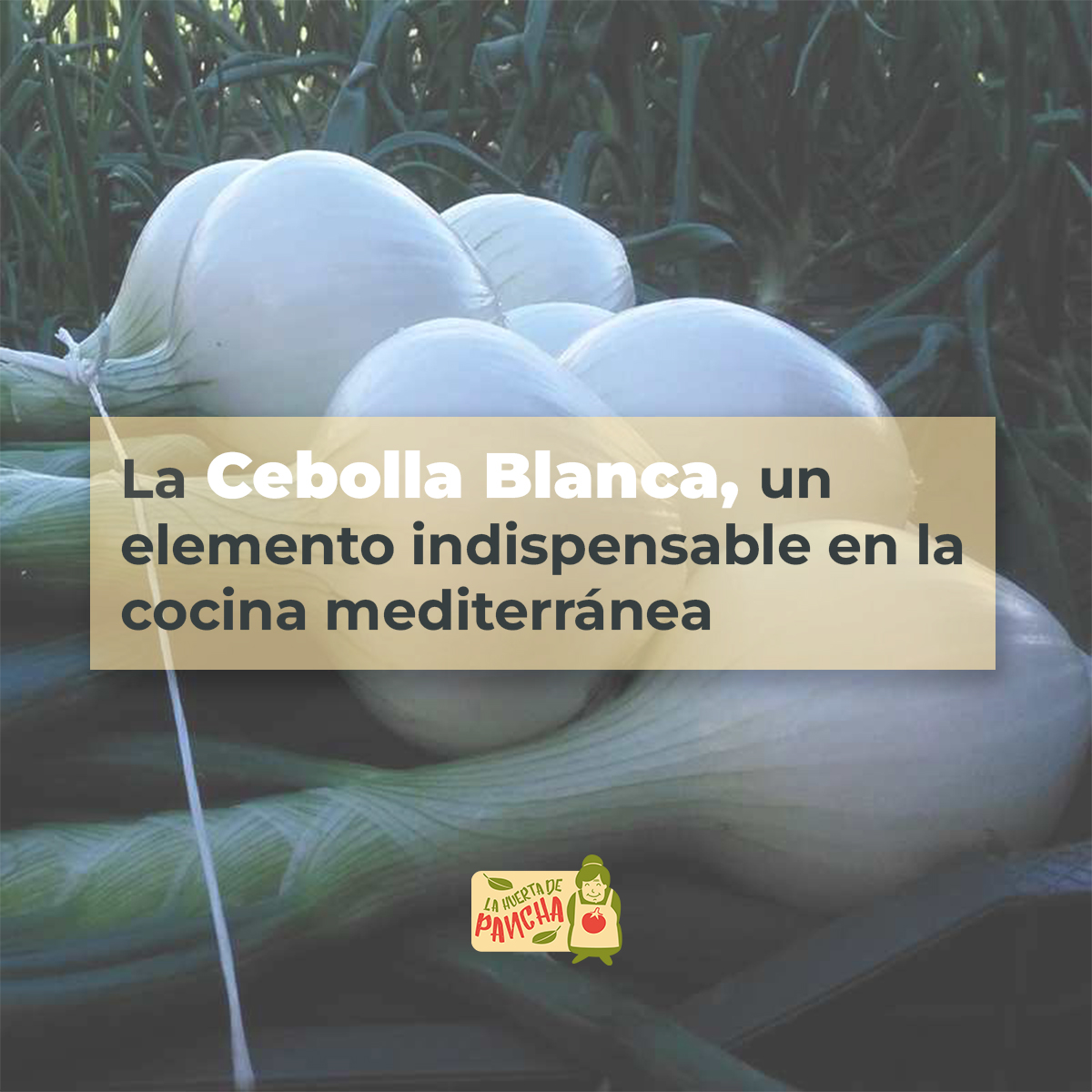
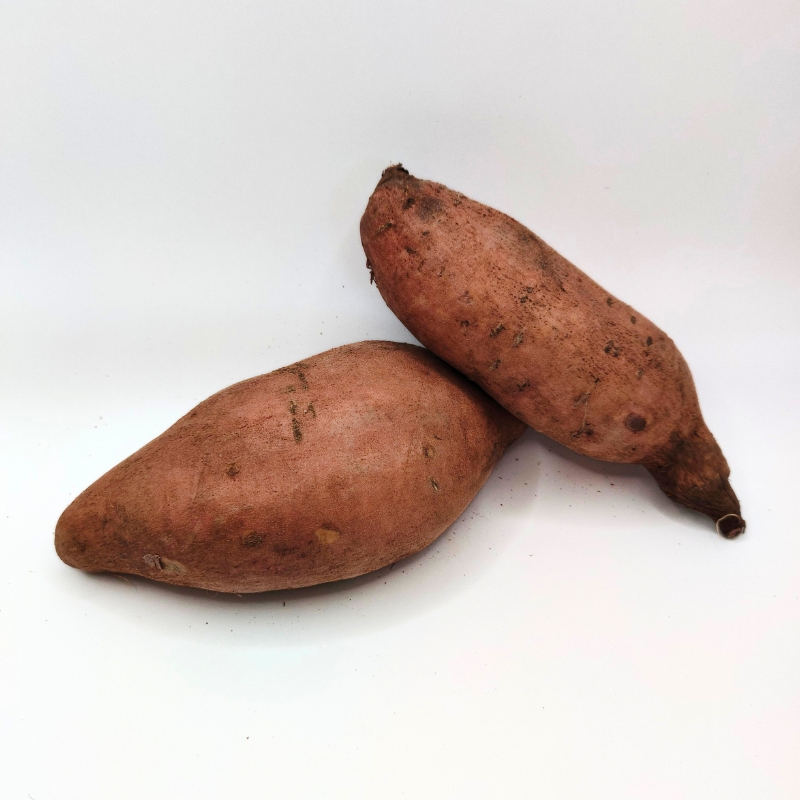
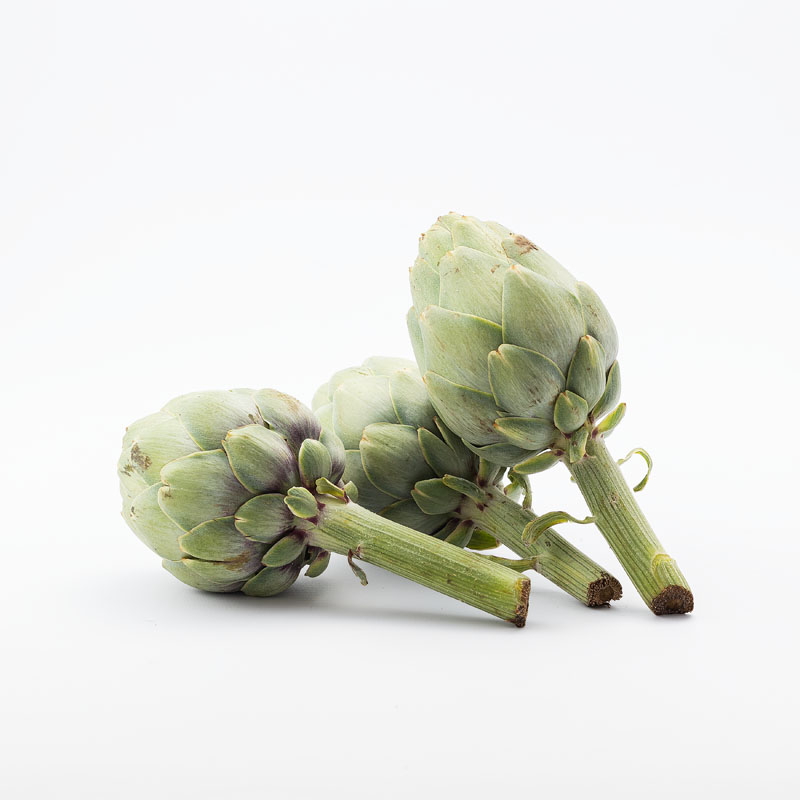

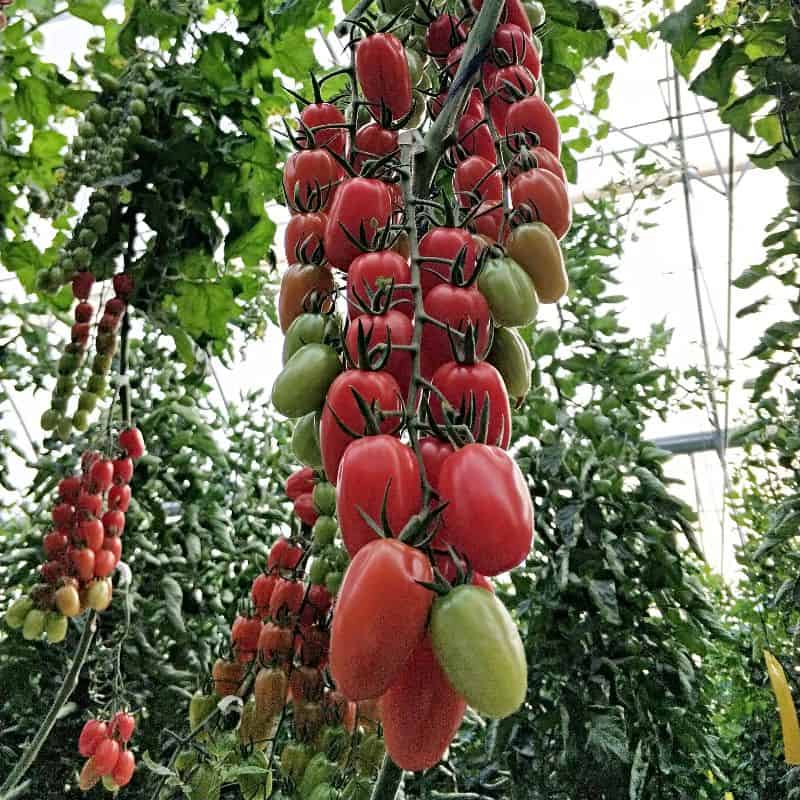




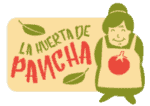
Siempre las pido en todos mis pedidos
Genial
Son buenas pero para mi gusto demasiado grandes
Muy buenas, nada fuertes.
Cebollas suaves. Se puede comer hasta el tallo